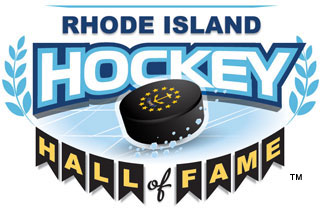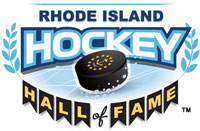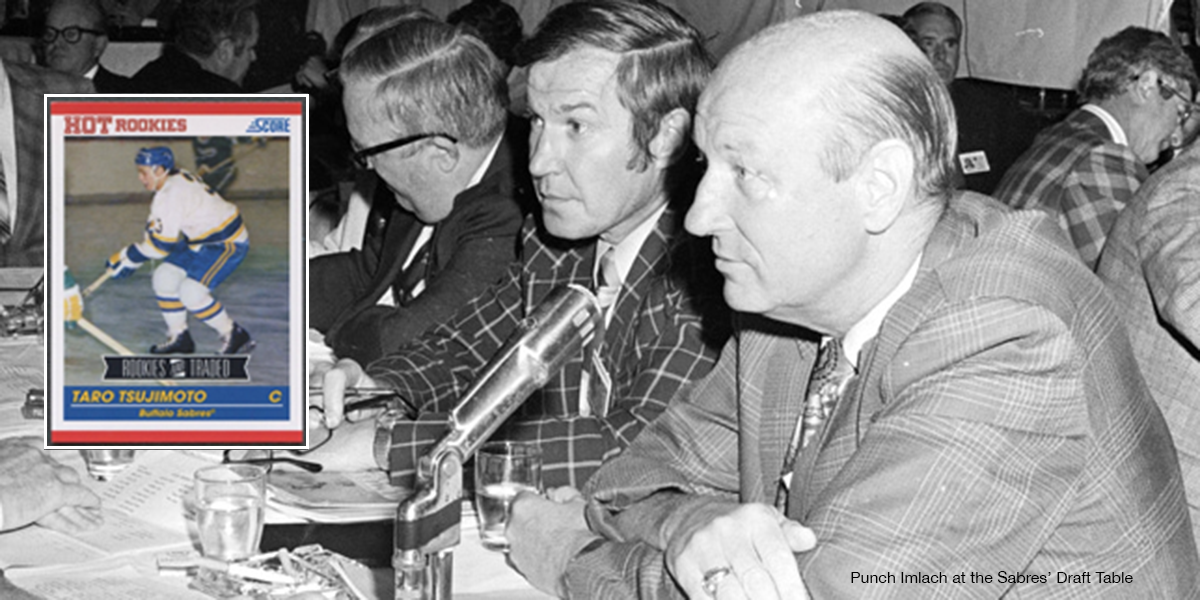The Buffalo Sabres will receive the #1 overall pick in the 2018 NHL draft. Their only other #1 picks became NHL legends – Gilbert Perreault (1970) and Pierre Turgeon (1987). This year, they are expected to select Sweden’s Rasmus Dahlin. It’s doubtful, however, that this occasion will be any more memorable or bizarre than their 1974 draft.
When legendary coach Punch Imlach tabbed Perreault #1 and then Rhode Island’s Tim Regan as the Sabres’ 84th pick in the 1970 NHL Entry Draft, the WHA (World Hockey Association) was not yet formed. The draft process was predictably orderly, well paced and punctuated with the cheers of families, friends and fans as each team’s selection was announced.
The 1974 draft, however, was another story. The legal battles between the two rival leagues and competition for control of players and markets was now in full swing.
As a result, the annual draft was run early and in secret that year, as the league tried to ensure that the fledgling World Hockey Association wouldn’t poach or otherwise tamper with the top young players. What ensued was a draft that stirs memories of perhaps the most unusual and amusing selection ever made in the draft – a selection made out of pure frustration by Imlach.
What the altered selection format did was slow the draft process down to a crawl. The slow pace and secrecy frustrated Imlach, now the Buffalo’s GM after his long and successful leadership at the helm of the Maple Leafs and Sabres.
So, with Buffalo’s selection in the 11th round, Imlach called the name of Taro Tsujimoto, describing him as the star center for the Tokyo Katanas of the Japanese League. That would be the Sabres’ final pick of the day, although the draft continued through another 14 rounds, some with picks by just three of the NHL’s then 18 teams.
The league wrapped up the draft and made it all official. The media – including the authoritative Hockey News – reported on all the picks. Remember, there was no Google or World Wide Web in 1974.
It was weeks later that Imlach admitted that his 11th-round pick was a fake. The player’s name was a fake, the team a fake and his position a fake. Most reports state that Imlach’s staff, at his direction, found the player’s name in the Buffalo phone book. They chose the name of the imaginary player’s team (Tokyo Katanas) as a loose translation from Japanese to English as Tokyo Sabres. Fake news before there was fake news.
After the hoax was revealed, the NHL labeled the pick an “invalid claim” and eliminated the name of Taro Tsujimoto from the list of draftees and all other references, though Buffalo still lists him in its media guides. Imlach, of course, continued his long career, which eventually led to his enshrinement in the Hockey Hall of Fame.
Taro Tsujimoto became a strange chapter in Sabres’ history. For years after the draft, the team’s fans would chant “We want Taro” when home games turned one-sided in the opposition’s favor, then a frequent occurrence at Buffalo’s Memorial Auditorium. Some fans would hang a banner from the balcony rail with “Taro Says…” followed by a selection of comments to complete the message, sometimes witty, often not.
And, in 2011, Panini America, a trading card company, included a card identified as Taro Ysujimoto and labeled him a “Hot Rookie” in its Rookies & Traded set. The card pictures an Asian man playing hockey while wearing colors similar to those of the Sabres. Panini even attributed the card to Score, another card producer.
The first real-life player of Japanese background to become an NHL draft pick was Hiroyuki Miura, a defenseman. Like Taro, he was an 11th-round pick, this one in the 1992 draft by Montreal. He never made it to the NHL.
The first player of Japanese background to play in the NHL was Yutaka Fukufuji, a goalie who was an eighth-round selection in 2004 by Los Angeles. He played in four games for the Kings.
Posted by Arnie Bailey


